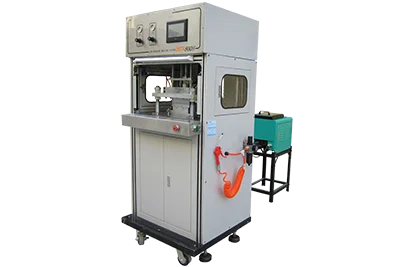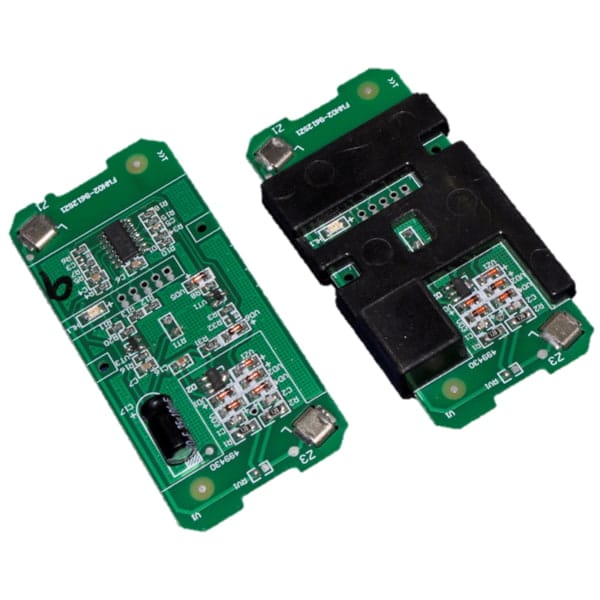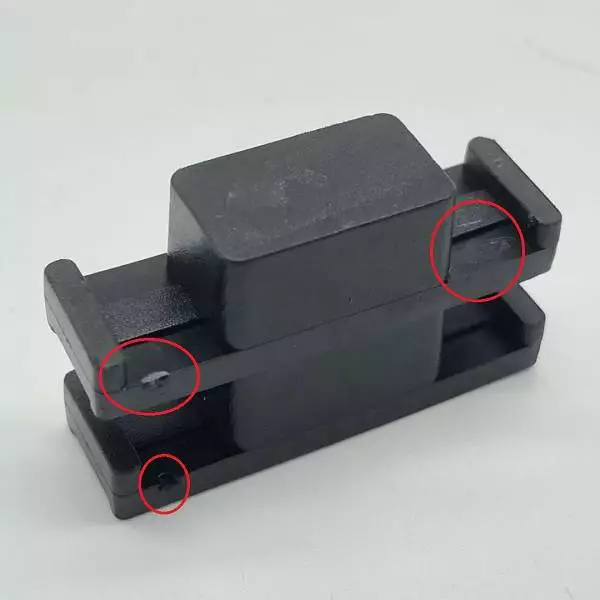Design Considerations for Custom Low Pressure Molding

Low pressure molding keeps electronics safe. It protects them from dust, water, and damage. It makes parts strong and solid. They do not crack or break easily. It is also a cost-friendly way to seal delicate parts. To make the best-molded parts, you need to plan well. Think about materials and design. Also think about how strong you need the parts to be. Picking the Best Mold Machine A mold machine shapes and forms materials. Picking the right one is very important. It must fit the size, type, and pressure needed for the job. A good machine makes strong, smooth, and neat parts. A lousy machine can cause weak, rough, or broken pieces. The machine should be easy to use. If it is too hard to control, mistakes can happen. A simple machine saves time and effort. A good machine also uses less energy. This helps save money and makes better parts. A strong and well-built machine lasts longer and needs fewer repairs. Choosing the Right Material The material used in molding is vital. Some are soft, some are hard. Low pressure molding often uses plastics that melt and flow easily. The right material makes parts strong and long-lasting. The wrong one might break or not stick well. Some materials bend easily. Others are stiff and strong. If a part must handle heat, it needs heat-resistant material. Some materials last longer than others. Picking the best material helps make better products that last. Making a Better Mold System A mold system shapes parts. A well-made system fills up smoothly. It cools evenly. It does not waste material. It does not trap air. Air bubbles can make parts weak. A sound mold system makes perfect parts every time. The mold should also be easy to clean and fix....
Continua a leggere "Is Low Pressure Molding Better for Sensitive Electronics

Low pressure molding covers delicate electronics like a soft shield. It keeps them safe from heat, dust, and damage. Some methods are too rough and break parts. Others do not protect enough. This method is just right. A unique material melts and flows over parts smoothly. It does not press too hard. When it cools, it forms a strong shell. This stops water, dirt, and damage. Many industries use this method. It helps electronics last a long time. Let's see why it is the best choice. Low Pressure Molding Keeps Tiny Parts Safe Small electronics are very delicate. They can break so quickly if not handled carefully. Low-pressure molding gently covers these tiny parts. It does not press too hard. Other molding methods use strong force. That force can damage circuits. When circuits break, the device stops working. Low-pressure molding applies a soft, even layer. It keeps everything safe. This method protects delicate devices. It helps them last longer. It keeps circuits, sensors, and chips from getting damaged. It is the best way to keep small parts safe. Uses Special Protective Materials Low-pressure molding uses unique protective materials. These materials are strong. They shield electronics from heat, water, dust, and dirt. Heat can cause electronics to overheat. Water can cause rust and short circuits. Dust can clog small parts. Dirt can make things stop working. The protective materials stop all these problems. They keep fragile parts safe. Even though the cover is challenging, it is gentle. It does not press too hard on the device. That makes it perfect for delicate electronics. It is excellent for medical tools. It is terrific for car sensors. It is great for factory machines. It protects electronics from harmful conditions. Low Pressure Injection molding Works With Smart Mold Systems New mold systems make low-pressure...
Continua a leggere "Sectors that Use Custom Low Pressure Molding

Some things need Low Pressure Moldings so they do not break or get hurt. These covers help things last a really, really long time! They keep things secure from bumps, water, and dirt. Big jobs like making cars, building big machines, and making tiny computer parts all use these. Without covers, things could break too fast! Let's learn more about who needs these covers and why they are so important! Low Pressure Molding Helps Phones & Computers Stay Strong Phones and computers have lots of tiny, tiny parts inside. These parts are super important because they make everything work. But these little parts can get hurt very easily. If water splashes on them, they can stop working. If dust gets inside, they can break. If they get bumped or dropped, they might stop working forever! That would be really, really bad! Low-pressure molding makes a super strong cover around these tiny parts. It wraps them up like a warm, safe blanket. It keeps them dry. It keeps them clean. It keeps them safe from bumps and drops. This helps phones and computers last a long, long time! That means people can watch their favorite videos, play fun games, and talk to their friends without any problems. Low Pressure Molding Helps Cars Keep Moving Cars have lots and lots of little wires and tiny parts inside. These parts help the car move, stop, and turn. They make sure the car's lights turn on. They make sure the engine works. But these little parts need to stay safe! If water gets in, they can stop working. If dirt gets inside, they can break. If something terrible happens to them, the car might stop moving! That would be super scary! It makes a strong, tough cover that keeps these little parts safe. It...
Continua a leggere "Stampaggio a bassa pressione, cos'è, come si usa e dove, il processo

Stampaggio a bassa pressione, cos'è, come si usa e dove, il processo Lo stampaggio a bassa pressione è una tecnica che tutti vediamo e incontriamo nella vita di tutti i giorni, anche se forse non ve ne rendete conto, lo stampaggio a bassa pressione è parte integrante di molti elettrodomestici e attrezzature che utilizzate quotidianamente. Si svolge silenziosamente e probabilmente non ci si pensa due volte. Qui a QL-Custom abbiamo molti anni di esperienza con lo stampaggio a bassa pressione, quindi abbiamo pensato di condividere con voi alcuni dei punti principali di questo processo in questo articolo. Ecco una rapida risposta, poi approfondiremo il processo e i vantaggi dello stampaggio a bassa pressione, non solo per le applicazioni ma anche per l'ambiente. Che cos'è lo stampaggio a bassa pressione? Lo stampaggio a bassa pressione è una tecnica per proteggere e incapsulare i componenti soggetti a danni, umidità o altre influenze esterne. Tipico di applicazioni come il cablaggio e i circuiti stampati. Grazie a materiali noti come hot-melts, i polimeri vengono utilizzati per sigillare i componenti utilizzando macchinari specializzati. I materiali poliammidici a base di acido dimero, spesso chiamati "hot-melts", sono termoplastici che, se riscaldati a temperature specifiche, diventano malleabili e flessibili per essere utilizzati intorno a connettori e connessioni preziose. Perché si chiama stampaggio a bassa pressione Lo stampaggio a bassa pressione (o LPM), in particolare, è, come suggerisce il nome, l'uso di processi e tecniche a bassa pressione utilizzati nei casi in cui i componenti possono risentire della normale pressione o del calore estremo altrimenti utilizzati nelle applicazioni di stampaggio a pressione più standard del settore. Per ribadire, ci sono due ragioni principali per cui un'applicazione può richiedere l'uso dello stampaggio a bassa pressione. Malleabilità Uno dei fattori principali è la necessità che i materiali termoplastici applicati siano più viscosi. La viscosità consente al materiale iniettato di essere applicato...
Continua a leggere "